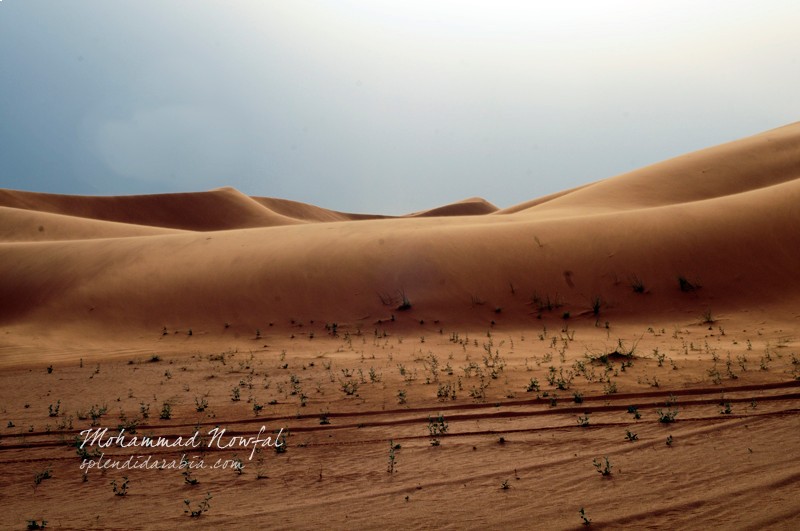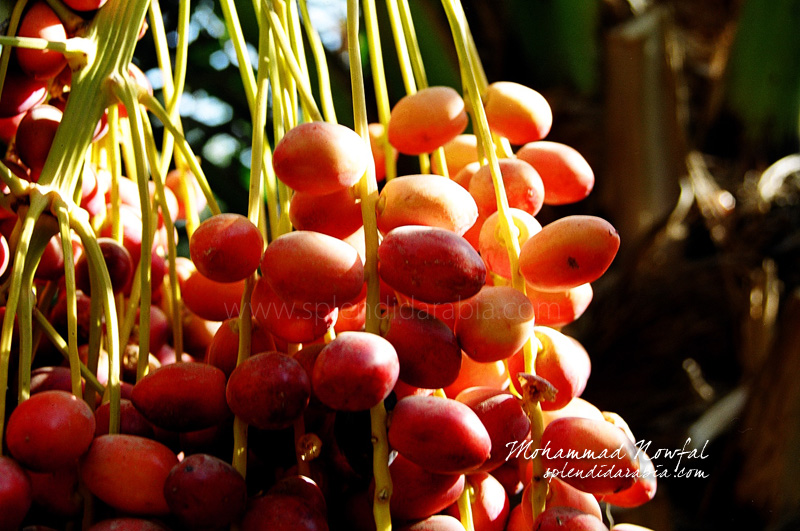Seasons in Saudi Arabia
Saudi Arabia has mainly two seasons: Summer and Winter.
Rainfall is low in the country, especially in the central region. Here, normally, a change in season is preceded by a rain or sand storm. The dusty season usually takes around 40 days to conclude with the sand storm hitting then letting up every few days.
In the southwestern coastal areas it rains quite regularly with high humidity in the summer, but there is very little rainfall in the capital city of Riyadh and the northern parts of the Red Sea coast. Even though, heavy rains sometimes occur in different parts of the country including Riyadh that cause serious short-lived floods.
The peak winter in Saudi Arabia falls during the months of December and January while peak summer hits during June and July.
From May to September, daytime temperature reaches 45°C or higher throughout the country except Taif, Al Baha and Asir areas where slightly cooler temperature prevails.
In the peak winter, temperatures in the main cities (except Jeddah), drops considerably during the day and even hit zero during night (especially in the central region). During winter, the mountains can also be shrouded in fog.
Tabuk is the only location in Saudi Arabia where it snows during peak winter.
In the desert
During peak winter (December-January): The breadth of temperature between day and night in the desert is very important. At night, temperature usually drops quite radically and is often well below zero degrees.
February-May & November: It is neither too cold nor too hot. It is rather moderate climate and there is no great difference in temperature between days and nights.
During peak Summer (June-July): Too hot. Temperature during the night is hot.
August-October: It is rather hot during the day. Evenings are warmer.








I’m just wondering if this storm in Mecca was unusual?
Salam .
This is indeed very eye opening and inviting to know and love more of Saudi Arabia , beyond the religious capture of Makka and Madinah .
How is the weather in Mekah in April?
Normally it is warm during the month of April